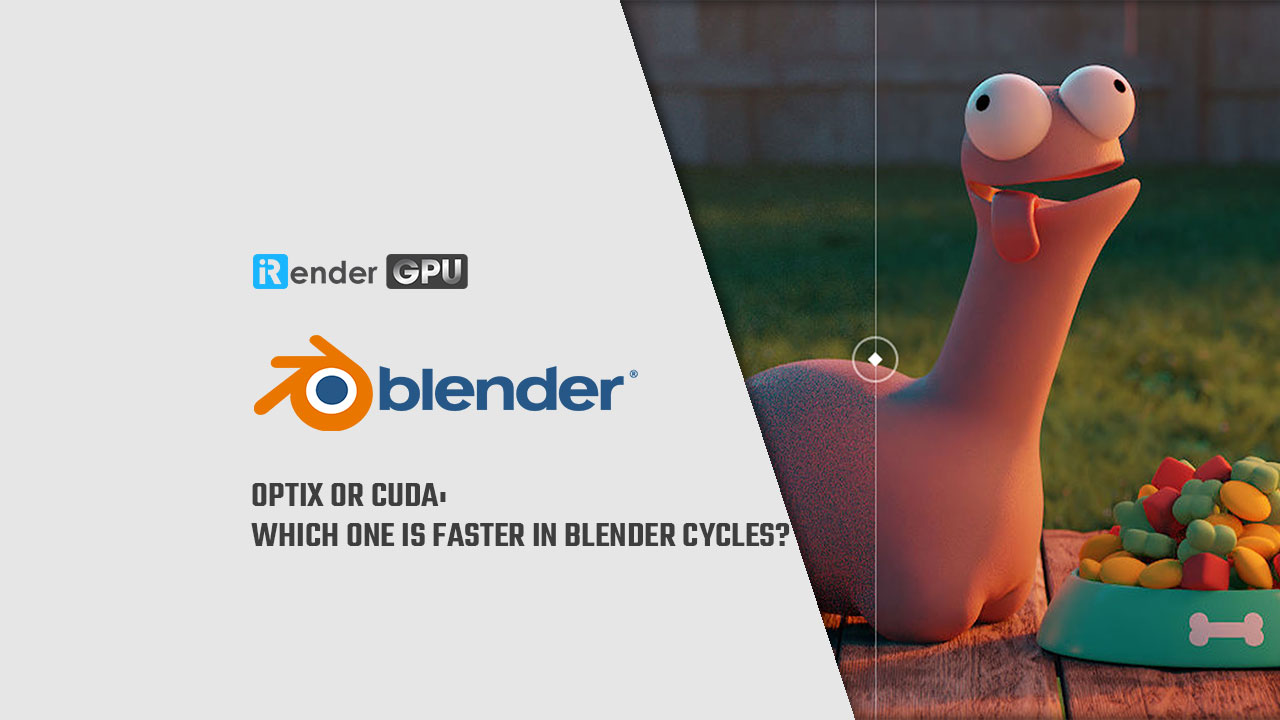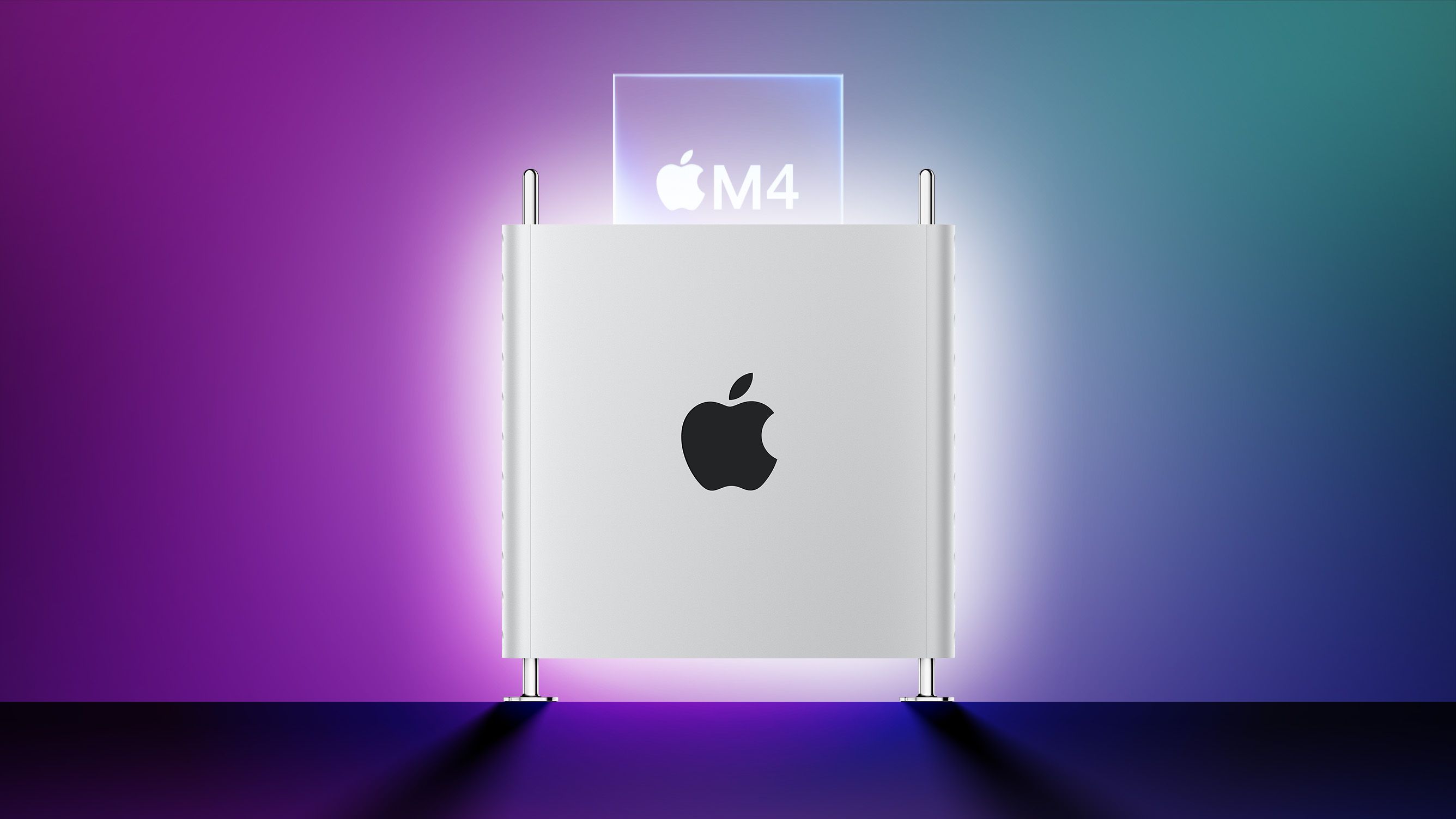BTW, here's my current active CPID list:
Code:
CPID 0x6000 # M1 Pro
CPID 0x6001 # M1 Max
CPID 0x6002 # M1 Ultra
CPID 0x6010 # ?
CPID 0x6020 # M2 Pro
CPID 0x6021 # M2 Max
CPID 0x6022 # M2 Ultra
CPID 0x6030 # M3 Pro
CPID 0x6031 # M3 Max (512b)
CPID 0x6032 # M3 Ultra (not mass-produced)
CPID 0x6033 # MYSTERY (CPID disappeared)
CPID 0x6034 # M3 Max (384b)
CPID 0x6040 # M4 Pro
CPID 0x6041 # M4 Max (384b & 512b)
CPID 0x6050 # M5 Pro
CPID 0x8101 # A14 Bionic
CPID 0x8103 # M1
CPID 0x8110 # A15 Bionic
CPID 0x8112 # M2
CPID 0x8120 # A16 Bionic
CPID 0x8122 # M3
CPID 0x8130 # A17 Pro
CPID 0x8132 # M4
CPID 0x8140 # A18 (& A18 Pro?)
CPID 0x8142 # M5
CPID 0x8150 # A19
CPID 0x8152 # M6
CPID 0x8160 # A20
Last edited:


